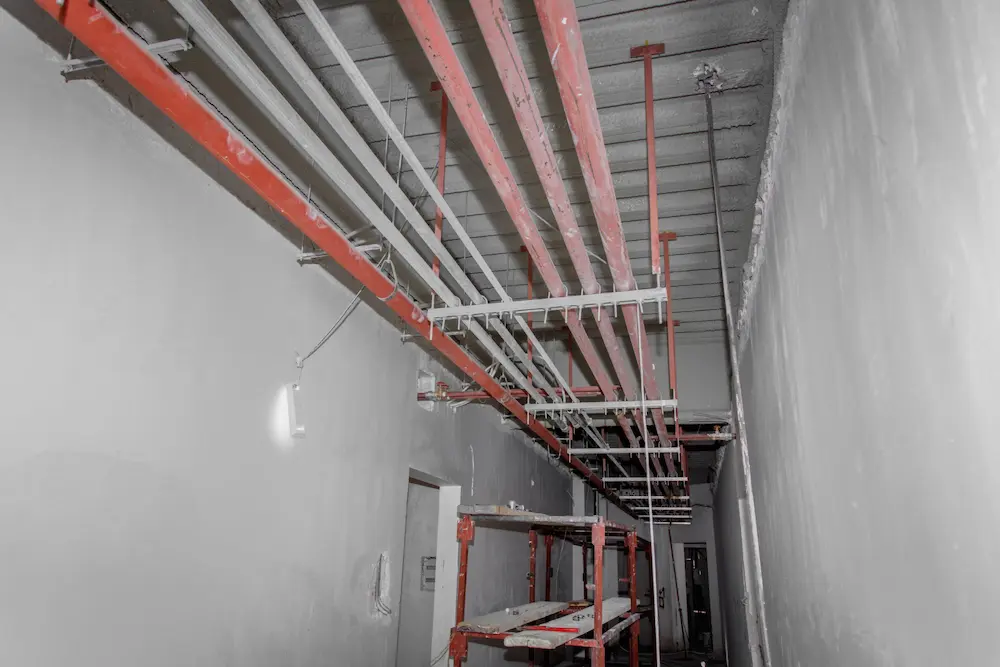Essential Guide to Selecting the Right EMT Conduit Pipe and Fittings

Are you struggling to find the perfect conduit solution for your electrical installations? Choosing the right EMT conduit pipe can make all the difference in the efficiency and safety of your project.
Introduction
Selecting the appropriate pipes and fittings is crucial for any electrical installation. The choice of an EMT conduit pipe, in particular, requires careful consideration of various factors to ensure durability, safety, and compliance with local codes.
Understanding EMT Conduit Pipes
What is an EMT Conduit Pipe?
EMT (Electrical Metallic Tubing) conduit pipes are a type of electrical conduit made from metal, known for their thin-walled and lightweight characteristics. They provide a protective pathway for electrical wiring, making them a popular choice in commercial and residential settings.
Advantages of Using EMT Conduit Pipes
1. Durability and Strength
EMT conduits are known for their resilience. Made from galvanized steel, these pipes offer excellent protection against physical damage and corrosion, ensuring longevity in various environments.
2. Ease of Installation
One of the main benefits of EMT conduit pipes is their ease of installation. They can be easily bent and cut to fit specific applications, making them a versatile choice for complex wiring systems.
3. Cost-Effective Solution
Compared to other conduit types, EMT conduits are generally more affordable. They offer a cost-effective solution without compromising on quality and safety.
Choosing the Right Fittings
Types of Fittings for EMT Conduit Pipes
When it comes to EMT conduit installations, the choice of fittings is equally important. Common fittings include couplings, connectors, and elbows. Each type serves a specific purpose and must be chosen based on the needs of the installation.
Considerations for Selection
Material Compatibility: Ensure that the fittings are compatible with the EMT conduit material.
Size and Dimensions: The fittings should match the conduit size for a secure connection.
Environmental Factors: Consider the installation environment, such as indoor, outdoor, or hazardous locations, to select appropriate fittings.
Installation Tips for EMT Conduit Pipes
1. Plan the Layout
Before installation, plan the layout of the conduit runs. This includes determining the routing path, calculating the required length of pipes, and identifying the necessary fittings.
2. Use Proper Tools
For cutting and bending EMT conduit pipes, use proper tools to ensure clean cuts and accurate bends. A conduit bender and pipe cutter are essential for this task.
3. Secure the Conduit
Use appropriate clamps and supports to secure the conduit in place. This prevents sagging and maintains the integrity of the wiring system.
Choosing the right EMT conduit pipe and fittings is vital for a safe and efficient electrical installation. By considering factors such as durability, cost, and installation environment, you can ensure a successful and long-lasting conduit system. Remember, a well-planned installation not only protects your electrical wiring but also enhances the overall safety of the building. For your next project, consider the unique benefits of EMT conduit pipes and make informed decisions to achieve optimal results.








